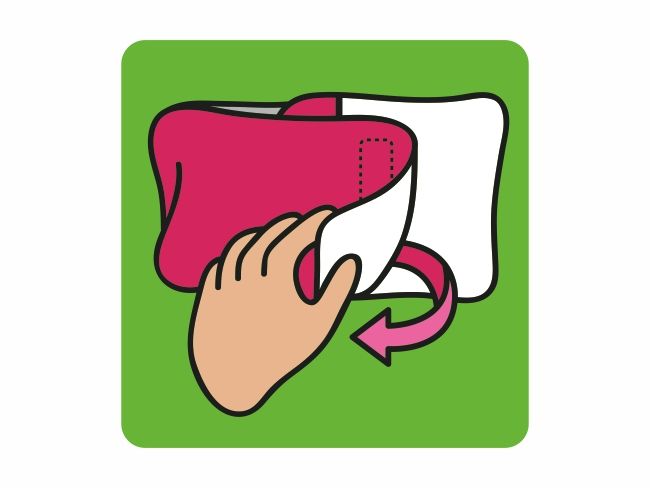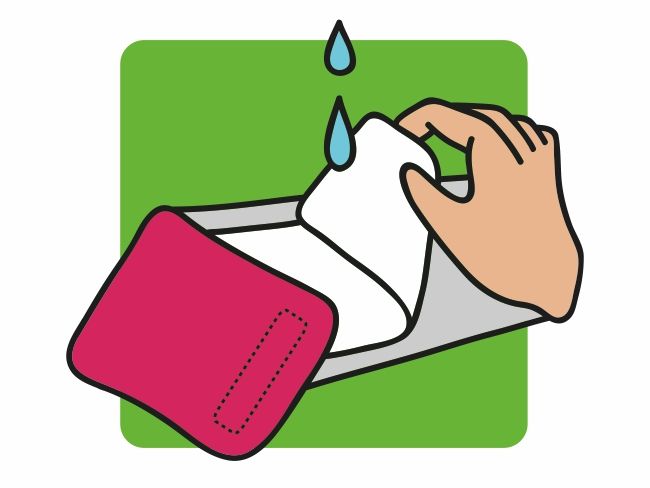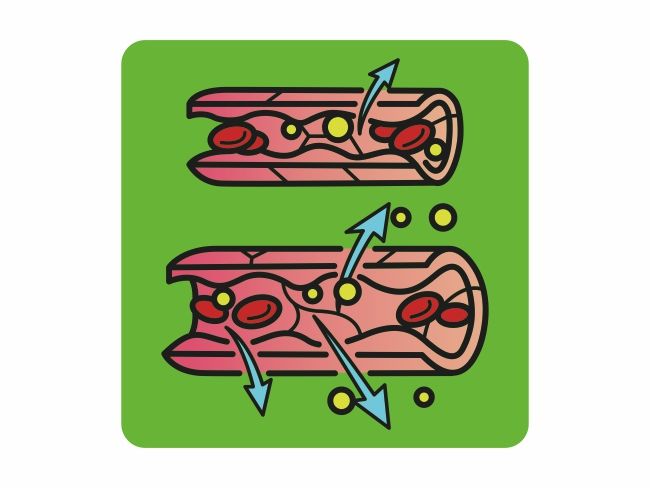Although it may seem that, as the name suggests, tennis elbow is only a problem for tennis players, this is not the case. Together we will look at the causes, symptoms and what you can do to help with the pain.
Types of tennis elbow
- Acute form – occurs during physically demanding work or sport. There is a general overuse of muscles and tendons throughout the arm, which can cause pain, particularly in the elbow.
- Chronic form – the problem occurs over a long period of time. We talk about this form when the pain lasts for more than 6 weeks. In this case, there may be inflammation throughout the body.
Causes of tennis elbow
- Working in the garden
- Computer work – mouse movement
- butchery work
- writing
- Sports in which you throw, throwing or hit a racket
- cooking
- Chopping wood
- and others
Symptoms of tennis elbow
The typical and most important symptom of tennis elbow is a sharp pain in the outer part of the elbow, which can radiate into the shoulder or forearm. You may also feel heat in this area, which indicates inflammation. Swelling around the elbow may also be a symptom. The pain may occur when you exert yourself, such as lifting weights or playing sports. Or the pain may be constant and not affected by any activity.
Treatment of tennis elbow
In addition to medication, it is important to rest during treatment and to avoid overstretching the elbow to give it a chance to recover. It is a good idea to immobilise the arm with a splint to prevent excessive strain on the muscles. The best way to prevent complications is to change your stereotypes, whether it is in recreational sports or when working at the computer, where an inappropriate mouse can be a problem.
Physiotherapy and the right exercises taught by a specialist can also help. The Dorn method can also help. This is a safe method, but must always be done by a professional. Shock waves, taping and various painkiller-based medicines and ointments can also help.
Vinegar packs and icing the affected area are also good. Priessnitz elbow wraps from Mamavis can help. You can soak the inner part in vinegar and keep it chilled in the fridge. The inner part also has a pocket where you can put cooling pads.
In all cases, it is necessary to consult a doctor for proper diagnosis if problems occur.






















 autoimunitní zánět vyvolaly.
autoimunitní zánět vyvolaly.